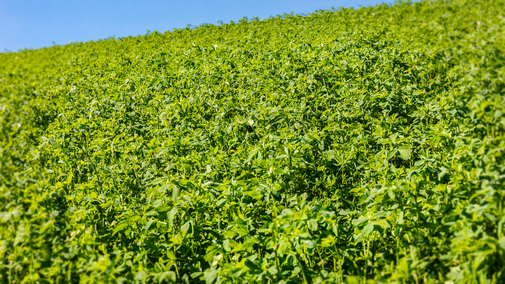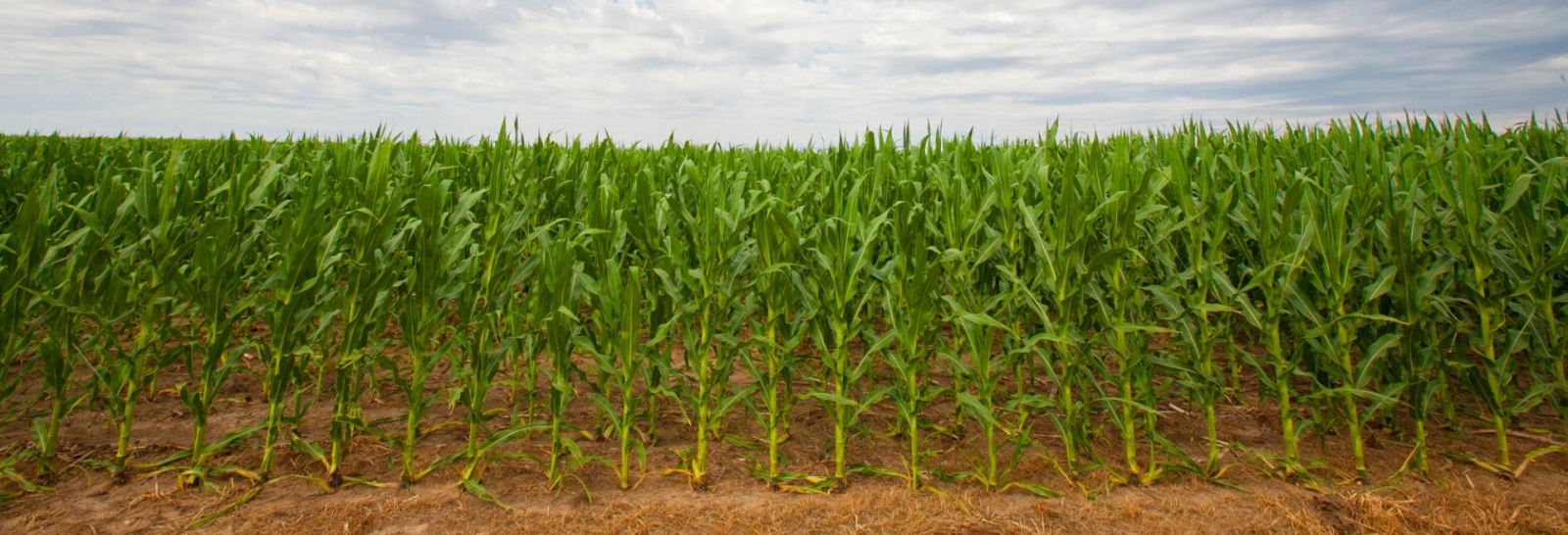Alfalfa Weevil Prep
Spring has officially sprung and now is a good time to start thinking about the insects that will be emerging and subsequently feeding on alfalfa, particularly alfalfa weevil.
Alfalfa weevils are beetles that overwinter primarily as adults and emerge as temperatures warm and begin to lay eggs. Plant injury from feeding damage initially appears as pinholes in the terminal leaves, with leaves becoming skeletonized as feeding severity increases.
Alfalfa Weevil was responsible for significant damage to some fields in 2024, particularly in central and eastern Nebraska. Producers should begin scouting for this insect in early April or when spring growth begins. To scout, randomly select five sites across the field and collect 10 stems at each site, cutting the stems at ground level. Beat the stems into a deep-sided white bucket and count the number of larvae to determine the average number per stem. Larvae are around 8 mm long with a black head, wrinkled green body, and white stripe running lengthwise along the top. A threshold table that includes alfalfa as short as 4 inches can be found on the Iowa State Extension website.
While there are several insecticides labeled for alfalfa weevil management, in Nebraska there have been reports of some products not performing as well as expected and resistant alfalfa weevil populations have been recently reported in several western states. Therefore, if you believe you have an infestation above threshold, contact your county extension office for further guidance.
Evaluating Alfalfa Stands — Stand Counts
Were you expecting more from last year’s alfalfa yields? Did your plants get enough time to winterize in the fall? Do you have concerns about stand winter kill? Evaluating your alfalfa stand in the spring is key to planning management and setting expectations for this year.
As stands begin greening up, alfalfa stand assessment can be completed using a hay square as a quick and easy way to look at the overall stand health. While we call it a hay square, square or circle shapes work equally well. A 17x17 inch square or 19-inch in diameter circle are the size needed.
Next, determine what to count. There are two options when evaluating your stand: (1) by the number of plants per square foot (typically recommended for new stands, planted last fall) and (2) by the number of stems for established stands. Stem count will more accurately predict yield compared to plant number. However, either method will provide information for making management decisions.
Randomly select four to five areas in your field to sample. Then count the plants or stems that would be harvested, typically anything over six inches, to determine your count. Then divide those numbers by two to get stems or plants per square foot. For established stands, having four to five healthy plants per square foot or 55 stems per square foot would warrant a productive and healthy stand. Fields with stem counts below 55 see a significant decrease in dry matter production.
For stands planted last fall, you will see more plants per square foot compared to stems. Remember, a good rule of thumb is, for every pound of seed planted, expect three to five plants. New plantings that contain fewer than 12 plants per square foot may need to be reseeded.

